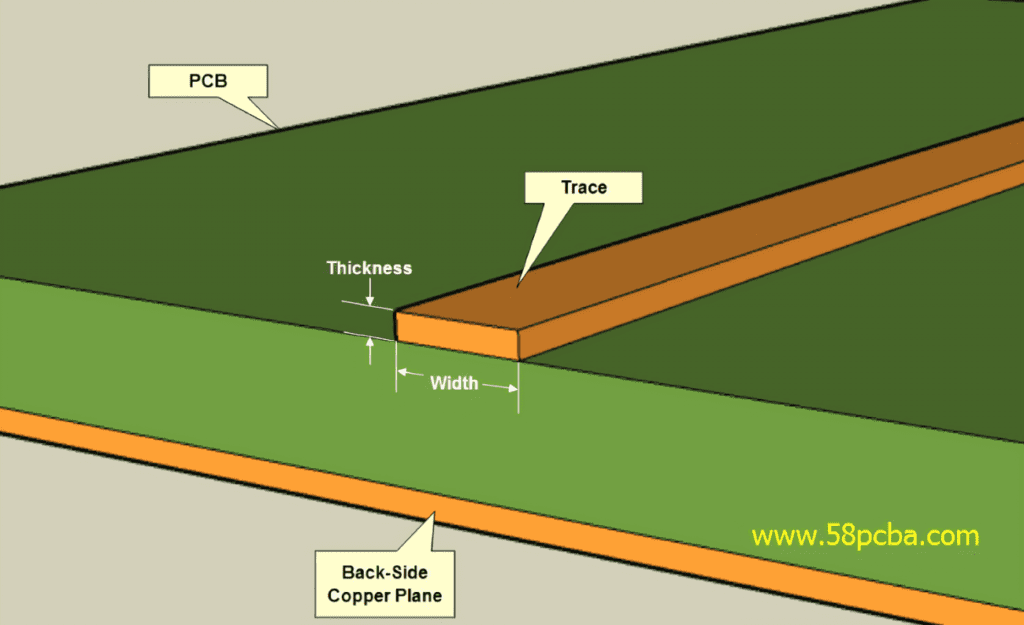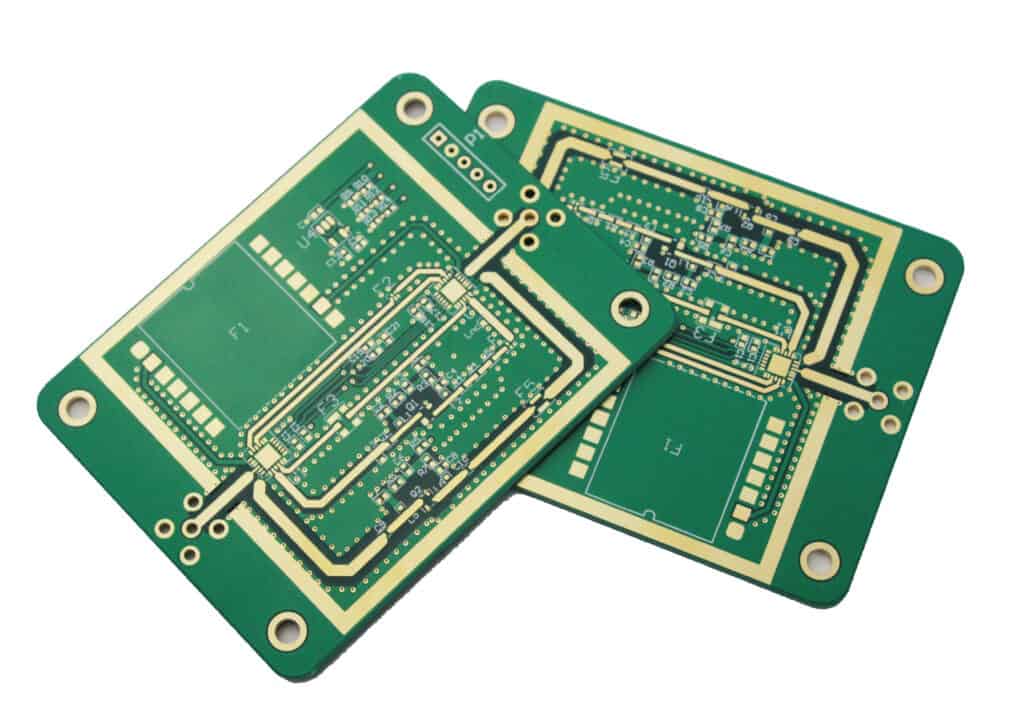Thickness is a very crucial factor to consider when manufacturing PCBs. That is because this factor significantly impacts how a PCB functions and performs. However, sometimes you may have no other option but to make a thick PCB since PCB thickness depends on how the PCB will work or what functions it will handle. Therefore you might find PCBs operating in harsher conditions a bit thicker than those working in better environments.
However, this is not the only factor affecting a PCB’s thickness. That is because, when building a PCB, manufacturers have to consider many variables to get the right thickness of a PCB. These variables include the weight, component specifications, and the profile of the PCB.
Moreover, over time PCBs have significantly evolved. That’s because, as electronic gadgets become smaller, PCBs have to follow suit to help manufacturers develop the necessary specifications of a gadget. That has led to PCB thickness becoming a significant factor to consider when manufacturing a PCB. But what should you consider when going for a slim or a thick PCB.
A bit about PCB thickness
What Thickness options do you have when working with PCBs?
Sometimes, the functioning of a PCB requires it to be thicker to achieve optimum results. Therefore thickness options are a significant factor as they help manufacturers decide on the right thickness to use on a PCB.
After combining the PCBs prepreg and its core thickness, manufacturers can develop a wide range of PCB thickness options. These options typically range between 0.240 and 0.008 inches.

The standard Thickness of a PCB
The standard thickness of a PCB is typically around 1.57mm or 0.063 inches, which is roughly the same thickness as one sheet of plywood. The PCB – plywood similarity in thickness comes because earlier when PCBs first came into use, manufacturers were utilizing plywood to generate PCBs. PCB manufacturers refer to this era as the plywood industry era.
Normal Vs Thick Copper PCB Thickness Levels
A standard copper Printed Circuit Board has thickness levels that range between 1.4 mm and 2.8 mm, considering only the internal layers. However, the final PCB weighs around 3 to 2 oz considering all the layers, even the external layers. However, thick PCBs end up weighting around 4 oz due to high levels of copper.
How to specify how thick your PCB should be
By utilizing software known as a trace width calculator, technicians can easily specify accurate thickness levels of a PCB. All they have to do to achieve this feat is to input the necessary specifications of the PCB into the calculator. The calculator then goes through the specifications automatically and generates the board’s thickness for the technicians.
To generate the thickness of a PCB using this method, technicians have to know the PCBs:
- Prepreg thickness
- Solder mask thickness
- Desirable final thickness
Moreover, this software can generate the board’s thickness in hundredths of a millimeter, ensuring technicians get accurate measurements.
However, technicians also have to factor in the thickness of the inner sheets when calculating the PCB’s thickness. Using this method, you can easily determine whether to go with a slim or thick PCB.
Factors that determine whether or not to go with a thick PCB

You should lean on the thicker side when selecting your board’s thickness. That is because thicker PCBs tend to be more efficient. On the other hand, Slim PCBs are prone to breakage when put under minimal stress, making them less efficient.
Therefore, unless your gadget requires a slim PCB, you should always opt to use a thick one.
However, it would be best if you also considered the following factors too when choosing which thickness to go with:
Weight
Your PCBs weight is a crucial factor to consider as it plays a significant role in developing a lightweight gadget. Therefore, if you want to make your gadget as light as possible, you should opt to utilize a thinner PCB.
Flexibility
Thick PCBs tend to be more rigid than slimmer PCBs making thinner PCBs more flexible. Therefore, the level of flexibility you want on your PCB will significantly impact the thickness of your PCB. However, it would help if you also kept in mind that thinner flexible PCBs tend to be more prone to breakage. Therefore, when choosing more flexible PCBs, you will be compromising on your PCBs durability. On the other hand, if you choose less flexible PCBs, you will be compromising on your PCBs weight.
Space
Space is another crucial factor you must consider when choosing your PCBs thickness.
By default, thinner PCBs do not take up much space on your gadget, but thick PCBs use a lot of space. Therefore, if you want to build a compact gadget, you should opt to utilize a thin PCB. However, if your project is about a large gadget, you should work with a thick PCB.
Connections
The connectors you will utilize on your PCB also play a significant factor in determining your PCBs thickness. That is because some connectors require thick PCBs while others function appropriately, even on thin PCBs.
Component Compatibility
Some PCB components function correctly in a specific level of thickness. Therefore you should go through all the components you will utilize to identify those that require you to stick to a particular thickness constraint.
Impedance Matching
The board’s thickness is directly proportional to its dielectric thickness. And since a PCB’s dielectric helps it control impedance, it is a pretty important element. Therefore, if impedance is a crucial factor in your PCB, you should significantly consider your board’s thickness.

Vias
Printed Circuit Board vias (holes) route copper traces through PCBs instead of routing them through the boards’ surface. Using this feature, manufacturers can produce compact PCBs without having to go through an incredible hassle. However, the type and the number of vias you will utilize on your board will significantly impact the board’s thickness. And since there are five types of vias (via-in-pad, buried, blind, micro, and through vias), technicians have to hassle to get the right thickness.
For instance, micro vias tend to function better on thin boards since they are tiny and are primarily suitable for high-density PCB connections.
Conclusion
PCB thickness is, without a doubt, a crucial factor to consider when manufacturing a PCB. That is because messing up the thickness of your PCB can result in you producing a substandard board which is not good. However, if you consider all the factors that affect the thickness of your PCB, you will rarely get these measurements wrongly, which will result in you getting the best quality PCB each time.

